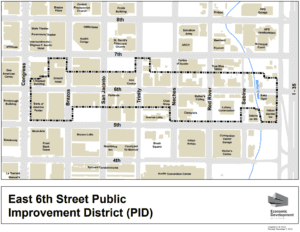
Taking a Look at Public Improvement Districts in Austin, Texas
Cities like Austin have been trailblazers in expanding the scope and usefulness of Public Improvement Districts (PIDs) and other special districts.
Learn from award-winning professionals — explore our whitepapers, blogs, and the latest industry updates.
Join our dynamic organization of engineers, land surveyors, landscape architects, environmental scientists, and architects!
Talk to a market leader today! We’ll answer any questions you have about our professional services.
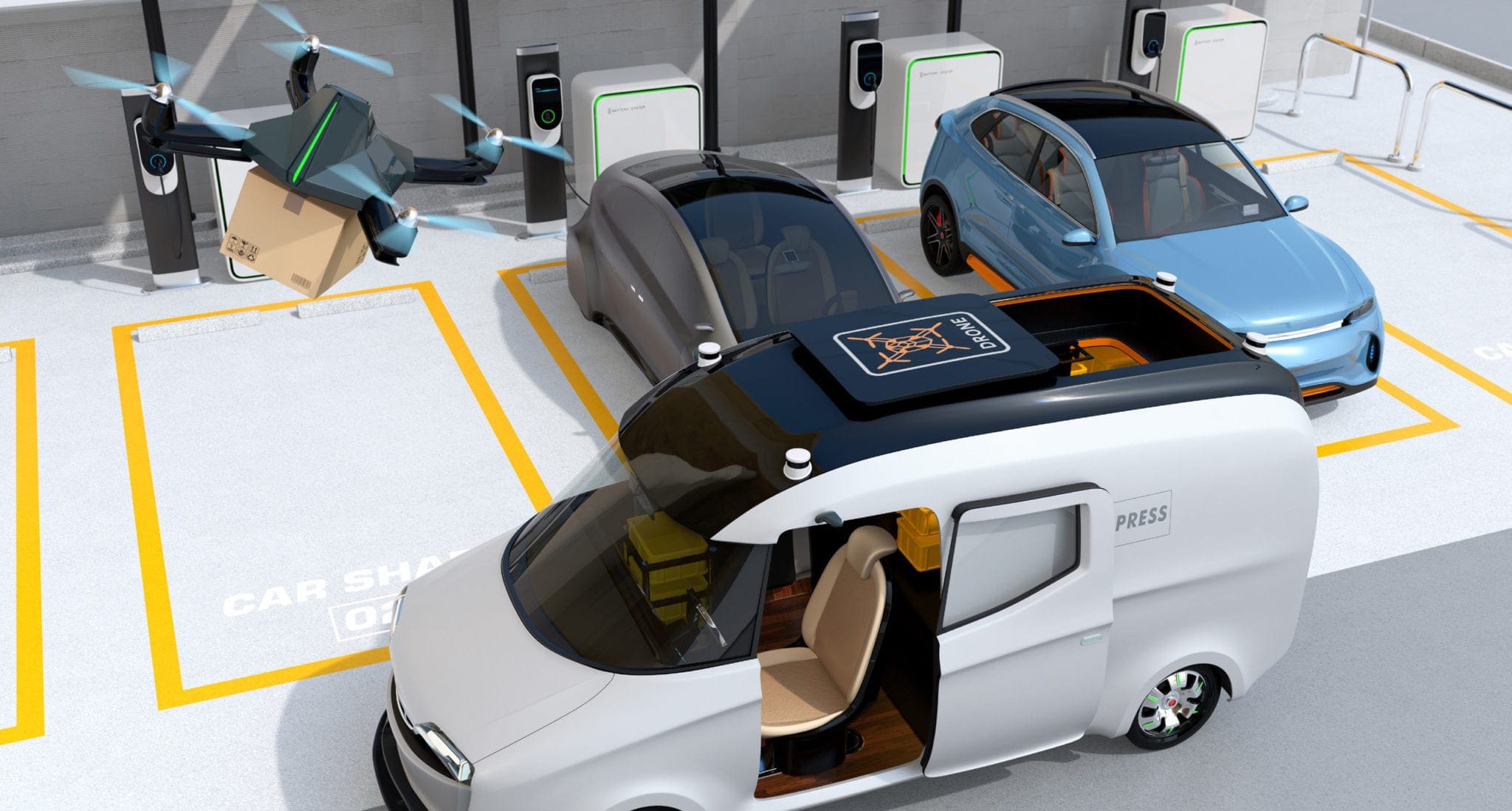

E-Commerce and the Changing Face of Retail: The Power of Flexible Design
Over the past 20 years, retailers are the living embodiment of the oft-used adage, “Change is the only constant in life.”
In just two decades, e-commerce transformed the retail landscape. Over that timespan, e-commerce grew nearly twentyfold in the United States, from $28 billion to $520 billion. As e-tailers emerged by the thousands, many established brick-and-mortar retailers struggled to survive. This changing landscape forced many established retailers to rethink their models. The most successful are introducing two divergent strategies: experiential retail and their own branded e-commerce platforms. By offering both in-store and on-line service, retailers are able to straddle the line between physical and online shopping.
The transition, from providing an exclusively physical shopping experience to one also offering on-line shopping, may be the most important retail trend of recent years — one dramatically accelerated by the novel Coronavirus (COVID-19) pandemic. In just a few weeks, America’s retailers created contactless shopping experiences, allowing consumers to purchase products online from local retailers, drive to the store, and have store employees deliver the products straight to their vehicles.
This experience combines the best of physical and on-line shopping. There’s no searching for products; product and inventory information is available with just a click. There’s no waiting in long lines to pay, nor do they have to wait days —sometimes weeks — for purchases to arrive. From the consumer’s perspective, shopping online is a win/win.
The evolution from retail to e-tail, and the introduction of contactless shopping, are not news; satellite testing programs were underway long before COVID-19. However, the current environment dramatically accelerated implementation — people across every socioeconomic bracket in every U.S. state are forced to stay home. Some experts think that the COVID-19 crisis hastened the transition by as much as 25 years, and that poses significant issues for retailers.
CHALLENGES AND OPPORTUNITIES
One of the greatest challenges facing retailers is their physical constraints — location, parking, land, and buildings designed to serve the current retail model. Today’s stores were developed to serve a single purpose — provide a place for customers to browse aisles and shop. Today, however, retailers need their buildings to do much more.
Changing trends forced national and regional retail chains to double down on their locations. They’re reallocating space or expanding facilities at current stores to serve as warehousing and distribution centers, shipping products purchased online from these existing assets.
It’s not just their own e-commerce operations that they need to plan for, either. Some retailers also serve as return centers for Amazon and other e-tailers.
Some retailers sought to compete with on-line options by providing the one thing not available — human connection. They retooled stores and locations into experiences with “living rooms” or private retail coaches. The impact of COVID-19 on these investments is stark, taking away their uniqueness by limiting interactions onsite and closing some all together. The question remains if customers will return to these locations when allowed.


WGI’s site planners are helping our clients — commercial developers and retail tenants — meet constantly evolving facility needs brought on by the e-commerce revolution. Our Flex Design philosophy is built around creating site layouts and building placement that can be readily adapted for changing customer-use patterns. For retailers, that means designing buildings that can serve multiple purposes, including traditional brick-and-mortar shopping functionality, customer experience, warehousing, and distribution. Clients are also starting to include drive-through and curb-side services in areas that have never experienced it, e.g. Best Buy, Home Depot, etc. This isn’t going away — it is expanding.
WHY FLEXIBLE DESIGN AND WHY NOW?
The real estate sector is facing a multitude of disruptive trends from emerging technologies, climate change, demographic changes, and now COVID-19. While we cannot precisely describe the direction and timing of these changes, we can work with clients and other professionals to understand possible and plausible futures. The next decade of design will focus on site plans and blueprints that work well under a variety of future scenarios.
Initially, a new building may be designed as 80% retail space and 20% warehousing and distribution, while allowing enough flexibility to reverse these roles over time.
The initial design flexibility accommodates immediate needs (such as loading docks and storage space), while also easily and cost-effectively permitting necessary shifts with the emergence of new delivery vehicle types (including autonomous vehicles and drones), and changes to inbound- and outbound-delivery patterns as e-commerce evolves.
Residential and commercial development can also benefit from Flex Design. With e-commerce’s rapid growth, residential and commercial building managers will need the space to accommodate parcel and food deliveries, as well as passenger-loading zones. Flex Design allows owners to determine how much delivery drop-off space is required now, and how much is likely to be required over time, all while promoting flexibility to meet curb demand. For example, anticipating future parking reductions and what to do with excess property in suburban retail.
THE FLEX DESIGN APPROACH IS BUILT AROUND FOUR PHASES:

WGI FLEX DESIGN PRINCIPLES:
In the face of rapid change and uncertainty, WGI is committed to services that manage risk through thoughtful planning and design options. We are developing a suite of services built on the following principles:
SPOTLIGHT: FLEX PARK
Parking plays a vital role in any Flex Design. In fact, parking is so elemental to the success of any development that WGI created a separate Flex Design approach for it that we call Flex Park™.
Flex Park was born from the idea that the evolution to smart cities and the introduction of self-driving and self-parking cars will impact parking demand to such a great extent that newly designed parking facilities should provide for flexible use. If parking demand decreases in 10 or 20 years because of self-driving cars and the proliferation of TNCs, sections of parking garages can be easily and cost-effectively refit to serve other uses.
The same concepts apply to retail parking and e-commerce. The addition of loading docks to serve e-commerce impacts traffic flow on a property’s footprint. Likewise, delivery vehicles are changing —from electric cargo bikes to autonomous delivery robots. More e-commerce means increased delivery activity, which translates into new patterns in loading dock, customer dwelling times, circulation, and traffic.
Concurrently, personal vehicle use in parking areas will change, too. As retail space is converted to warehousing and distribution, less parking is typically needed. However, parking areas may see different uses. For instance, if curbside pick-up remains a common service even after the COVID-19 crisis abates, retailers will need to permanently alter their parking areas to accommodate this service. They may also need to make changes to the stores themselves, adding discrete e-commerce pick-up/drop-off areas away from store entrances. This would make the e-commerce customer experience much more convenient, promoting a safer pedestrian experience for those visiting the store in person. Providing a separate area solely for e-commerce’s vehicular traffic not only enhances pedestrian safety, it preserves the traditional brick-and-mortar shopping experience they are used to. One of the most significant hazards in any parking lot or garage is the risk of drivers being hit by other cars after they leave their vehicles. It’s essential to minimize that risk by designing parking areas that minimize interactions between pedestrians and moving vehicles.
Just as Flex Design provides a framework for creating buildings adaptable to new uses, so does Flex Park™. Following the same four-phase approach, WGI parking planners and designers determine the goals of the individual uses in each parking area; study how the overall parking area, as well as individual areas within the parking facility, can be fully utilized; and then create a flexible design maximizing utilization, while adapting to meet future needs.
In a parking lot, this is typically accomplished by restriping spaces, pick-up areas, and commercial-loading areas. Parking lots may also need modified entrances and exits, to and from the property, to separate private vehicles from commercial trucks, and pedestrians away from drop-off/pick-up areas. In garages, the flexibility tends to be built into the structure itself. For example, different uses require different load-bearing standards. Flex Park™ designers work with clients to anticipate potential future uses and build the necessary standards into each floor of the parking structure.

TODAY’S WORLD REQUIRES FLEXIBILITY
The retail industry is in a state of flux, and not solely because of COVID-19. It has merely accelerated changes already happening. Today’s retail environment requires flexibility and agility to quickly adapt to the constantly changing landscape. Flex Design can provide retailers that flexibility in their building designs, while Flex Park™ can do the same for parking areas.
Change is the only constant in life, and WGI can help retailers meet change as it comes.
PLANNING FOR UNCERTAINTY
WGI is incorporating next-generation planning techniques into projects. These emerging tools are critical for understanding and getting in front of trends. Some of these include:
Exploratory Scenario Planning:
These workshops and sessions examine change-drivers and associated impacts. Taking the most plausible scenarios, we can incorporate into design options.
Simulations:
Simulations provide brief models of how a project performs with changing variables in local settings.
Technology Foresight:
Working with technology partners, WGI tracks various, emerging pilot projects and plots their likely evolution and market-adoption rates. In this manner, we can help clients understand how technologies, alone and in combination, could impact space usage, operations, maintenance, and costs.

E-Commerce and the Changing Face of Retail: The Power of Flexible Design

WGI is a national design and professional services firm leading in technology-based solutions for the construction of public infrastructure and real estate development. At WGI, we’re providing Tomorrow’s Infrastructure Solutions Today.

Cities like Austin have been trailblazers in expanding the scope and usefulness of Public Improvement Districts (PIDs) and other special districts.

WGI provided multiple services for the development of Ajax Paving’s new 4.3-acre corporate headquarters.
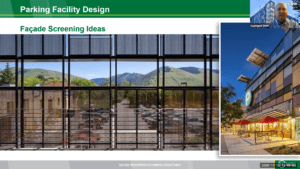
WGI’s parking experts recently discussed what building developers, owners, and operators need to consider about their facilities, and the strategies to discourage and prevent suicide attempts in their parking structures.
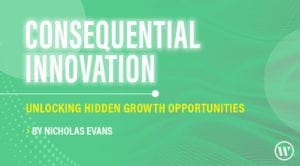
For innovation to be consequential, you must strike the right balance between incremental innovation and disruptive innovation. Here’s how to get started.
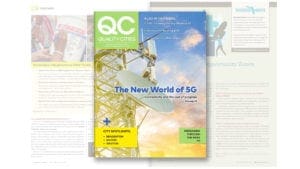
Leveraging our expertise in land development to guide actionable and implementable local policy.

On this episode of WGI Unleashed, we get to know Loren Steele, Project Engineer for our Transportation division in our Tallahassee, FL office.
You’ve been searching for a place like WGI. We look forward to meeting you soon.
The real estate sector is facing a multitude of disruptive trends from emerging technologies, climate change, demographic changes, and now COVID-19. The Flex Design approach is a true collaboration between owners and the design team, fully meeting the owners’ immediate needs, and those anticipated well into the future.
While we cannot precisely describe the direction and timing of these changes, we can work with clients and other professionals to understand possible and plausible futures.
Transitioning from providing an exclusively physical shopping experience to one also offering on-line shopping, may be the most important retail trend of recent years — one dramatically accelerated by the novel Coronavirus (COVID-19) pandemic.
WGI © 2020 | 2035 Vista Parkway, West Palm Beach, FL 33411
Sign up to receive emails to hear our latest news and achievements in our monthly newsletter.
Enter your zip code, and we’ll personalize your experience with local projects, office locations, team members, and more.
WGI supports its associates with meaningful opportunities for growth, strong benefits and perks, while we work collaboratively with clients and co-consultants to shape and improve communities.






WGI is a dynamic organization with opportunities nationwide for engineers, land surveyors, landscape architects, environmental scientists, and architects.